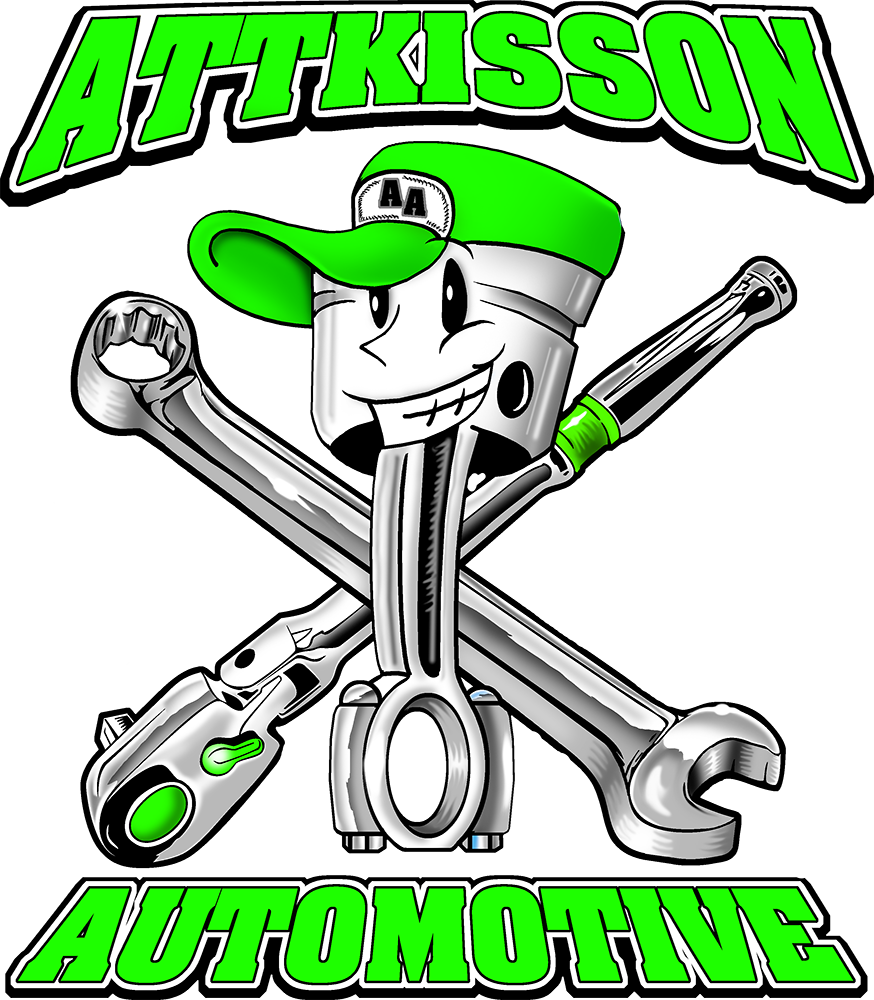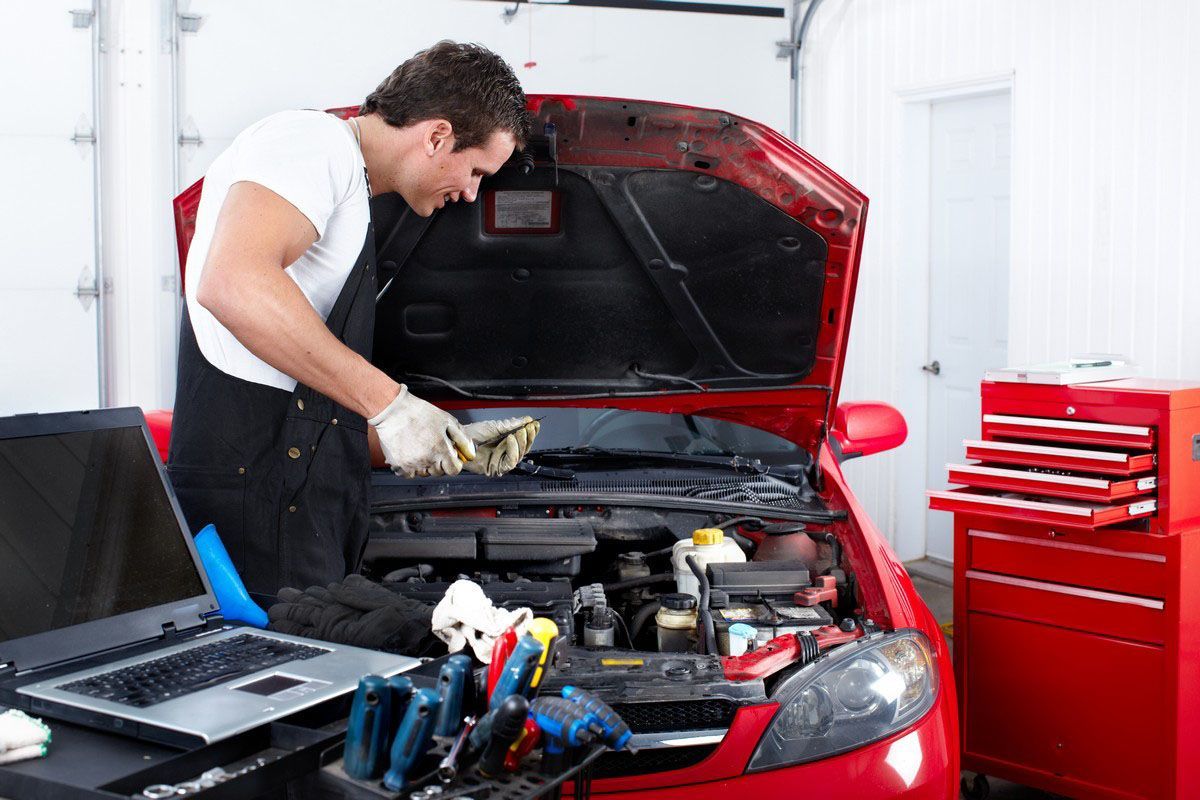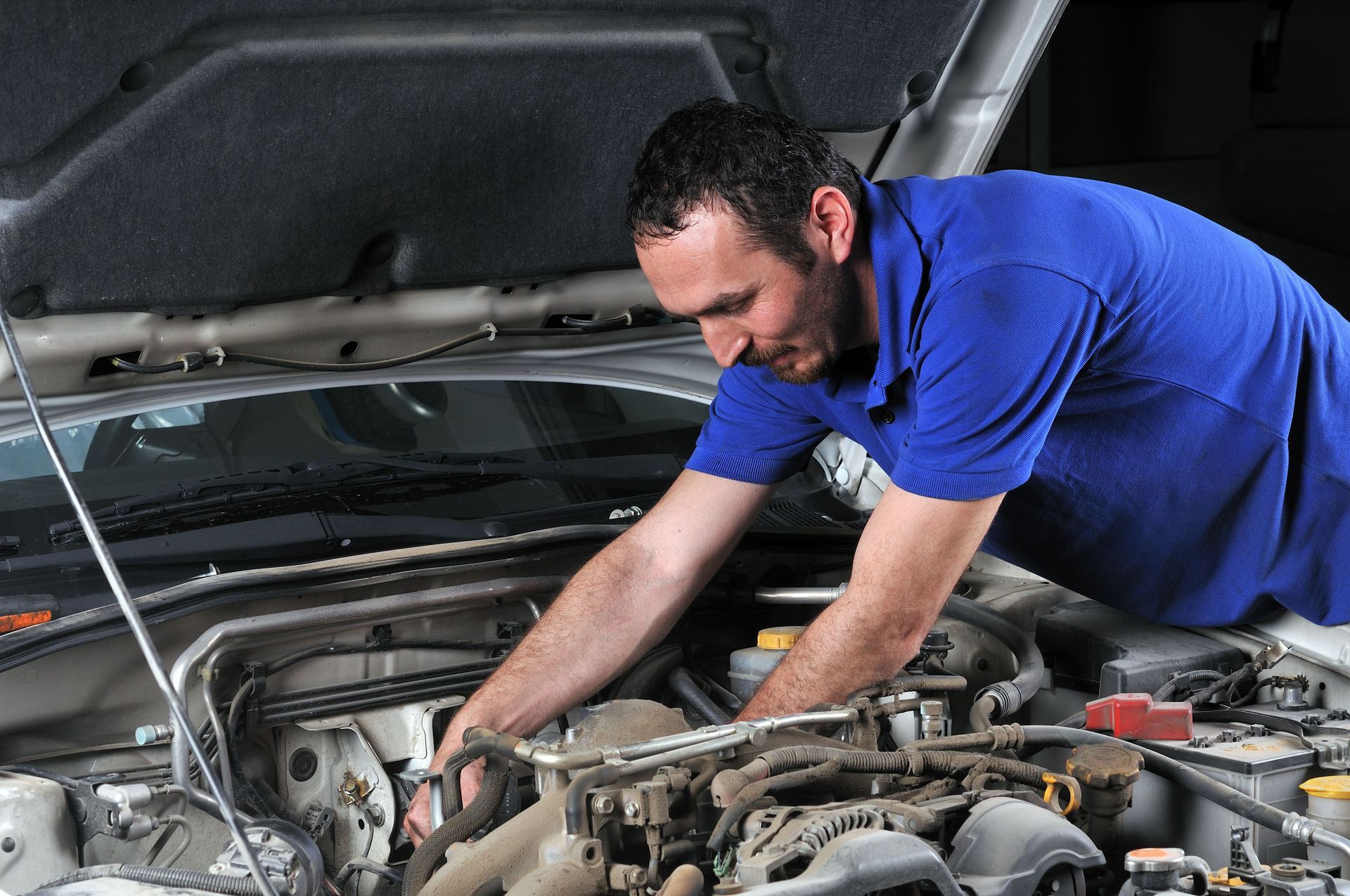October 2, 2025
In this article, we will explore the critical warning signs that indicate your vehicle’s brakes may require immediate attention. Ensuring your brakes are in top condition is essential for safe driving and preventing accidents. Brake systems are a vital component of any vehicle and are designed to bring your car to a safe stop when needed. Over time, due to wear and tear, brakes can develop issues that compromise their efficiency and safety. Recognizing these signs early can save you from dangerous situations and expensive repairs.
Brakes convert kinetic energy into heat through friction, and this constant action, especially in varied driving conditions, can cause brake components to deteriorate. Worn brake pads, damaged rotors, and leaking brake fluid are just a few examples of problems that need prompt attention. Each section of this article will delve into different warning signs, helping you understand and identify potential issues with your brakes.
Timely intervention and maintenance are crucial for a well-functioning brake system. Regular checks and an understanding of these warning signs not only ensure your safety but also prolong the lifespan of the brake components. By the end of this article, you'll be well-informed about what to look for and when to seek professional help, ensuring your vehicle remains safe and reliable.
1. Unusual Sounds
Squealing Noises
Squealing noises emanating from your brakes can be a cause for concern. Often, these high-pitched sounds occur when brake pads are worn down and need immediate replacement. The noise is typically produced by a small metallic shim known as an indicator that gives a warning sound when the pad material is low. If ignored, squealing can progress to grinding, indicating that the brake pad base is making direct contact with the rotors. Regularly listening for unusual noises and addressing them promptly can prevent this scenario.
Grinding Sounds
Grinding noises are typically more severe than squealing and suggest that metal is making contact with metal. This usually happens when the brake pads have completely worn out, leaving the backing plate to grind against the rotors. Ignoring grinding sounds not only damages the rotors but can also lead to more expensive repairs. The situation might also reduce braking efficiency, increasing stopping distances. Replacing brake pads at the first sign of grinding is an effective way to maintain your brake system's health.
Rattling During Braking
Rattling sounds can indicate loose components within the braking system. This could result from issues with calipers or broken hardware that holds the brake pads in place. A secure braking system is paramount for vehicle safety, and rattling signals a breakdown in this security. Addressing rattling issues promptly can help maintain the integrity of your brakes and avoid additional wear on other components. Visiting a mechanic for a thorough inspection is advisable if you experience this problem.
2. Vibration Issues
Steering Wheel Vibrations
If you feel vibrations in your steering wheel when applying the brakes, it could be a sign of warped rotors. Warping occurs when rotors are subjected to extreme heat, causing them to lose their even surface. This inconsistency results in a lack of uniform contact with the brake pads, creating a wobbling sensation. Consistent vibrations could eventually affect your vehicle's steering alignment and overall control. Addressing warped rotors early can help maintain a smooth and safe ride.
Pulsating Brake Pedal
A pulsating brake pedal is often a symptom of rotor issues similar to those causing steering wheel vibrations. Changes in rotor thickness can lead to an uneven braking surface, causing the pedal to pulse against your foot. Slight warps can sometimes be machined down, but severely warped rotors generally require a replacement. Delaying repairs not only compromises braking performance but may also reduce the overall lifespan of the braking system. Regular inspections can catch rotor issues before they affect braking efficiency.
Vibrations Through the Car
Experiencing vibrations throughout the entire vehicle during braking can be particularly unsettling. This all-encompassing feeling often indicates a more serious problem than localized vibrations. Possible causes include complications with the suspension or drive line components. Addressing car-wide vibrations quickly is essential for maintaining overall vehicle safety and performance. A full diagnostic inspection can pinpoint the root of the issue and prevent further damage.
3. Visual Damage
Worn Brake Pads
Brake pads are designed to wear down over time, but when they become excessively thin, replacement is necessary. Pads may last between 15,000 to 30,000 miles in heavy city traffic, though they can endure upwards of 70,000 miles with mostly highway driving. Regular visual inspections can help identify worn pads before they reach a critical point. Allowing brake pads to become too worn can lead to damage to other brake components, significantly increasing repair costs. Regular maintenance can help catch pad wear before it becomes a severe issue.
Cracked or Glazed Rotors
Rotors are subjected to high thermal stress, which can sometimes lead to cracking or glazing. Cracks in the rotor can severely compromise braking integrity and require immediate attention from a mechanic. Glazing occurs when the rotor surface becomes hardened and smooth due to excessive heat and improper braking practices. Both conditions disrupt the effective friction needed for proper braking. Immediate attention to cracked or glazed rotors ensures effective stopping power and reduces the risk of dangerous braking scenarios.
Fluid Leaks
Brake fluid is integral to ensuring that your vehicle's braking system functions correctly. Leaks often appear as small puddles under the vehicle and can lead to a significant drop in braking performance. Insufficient fluid compromises the hydraulic pressure needed to apply the brakes efficiently. If you suspect a leak, checking around the master cylinder and along the brake lines is advisable. Swiftly addressing brake fluid leaks ensures reliable braking and prevents further system damage.
4. Performance Decline
Increased Stopping Distances
One of the most noticeable warning signs of brake issues is a longer stopping distance. This increased distance can occur due to a variety of factors, including worn pads, damaged rotors, or leaking brake fluid. Extended stopping distances significantly increase the likelihood of accidents, particularly in emergency situations. Identifying and correcting the cause promptly is crucial for maintaining safe driving conditions. Regular brake system checks can detect issues before they result in decreased performance.
Soft Brake Pedal
A soft or spongy brake pedal is an unsettling experience and can indicate air within the brake lines. According to Cars, brake pads may wear out after just 15,000–30,000 miles in heavy city or stop-and-go traffic, but can last 70,000 miles or more with mostly highway driving. Air pockets disrupt the hydraulic pressure necessary for effective braking, resulting in reduced braking force and responsiveness. In many cases, the brakes may need to be bled to remove the trapped air. Resolving soft pedal issues not only restores braking efficiency but also improves driver confidence. Regularly checking brake fluid levels can help prevent this problem.
Recognizing these warning signs in your brake system early on is crucial for maintaining vehicle safety and preventing costly repairs. Regular maintenance and prompt attention to any of these signs can ensure your vehicle’s brakes remain reliable and effective. The importance of well-functioning brakes cannot be overstated, as they are fundamental to safe driving. Understanding the nuances of brake performance helps in identifying issues before they cause significant harm.
Adopting a proactive approach toward brake maintenance, such as regular inspections and immediate attention to anomalies, prolongs the lifespan of brake components. Addressing issues early not only enhances safety but also prevents additional wear and tear of associated parts. Consult your vehicle's manufacturer recommendations for brake maintenance intervals and adhere to them to preserve optimal performance.
Ultimately, being informed and vigilant about your vehicle’s braking system cultivates safer driving experiences. Regularly servicing your brakes keeps your vehicle safe for both you and your passengers, reducing the likelihood of accidents. By adopting the insights presented in this article, you ensure that your brake system remains in peak condition, subtracting unnecessary stress and improving overall driving peace of mind. Be sure to reach out to Attkisson Automotive today for more information on our professional brake repairs!




